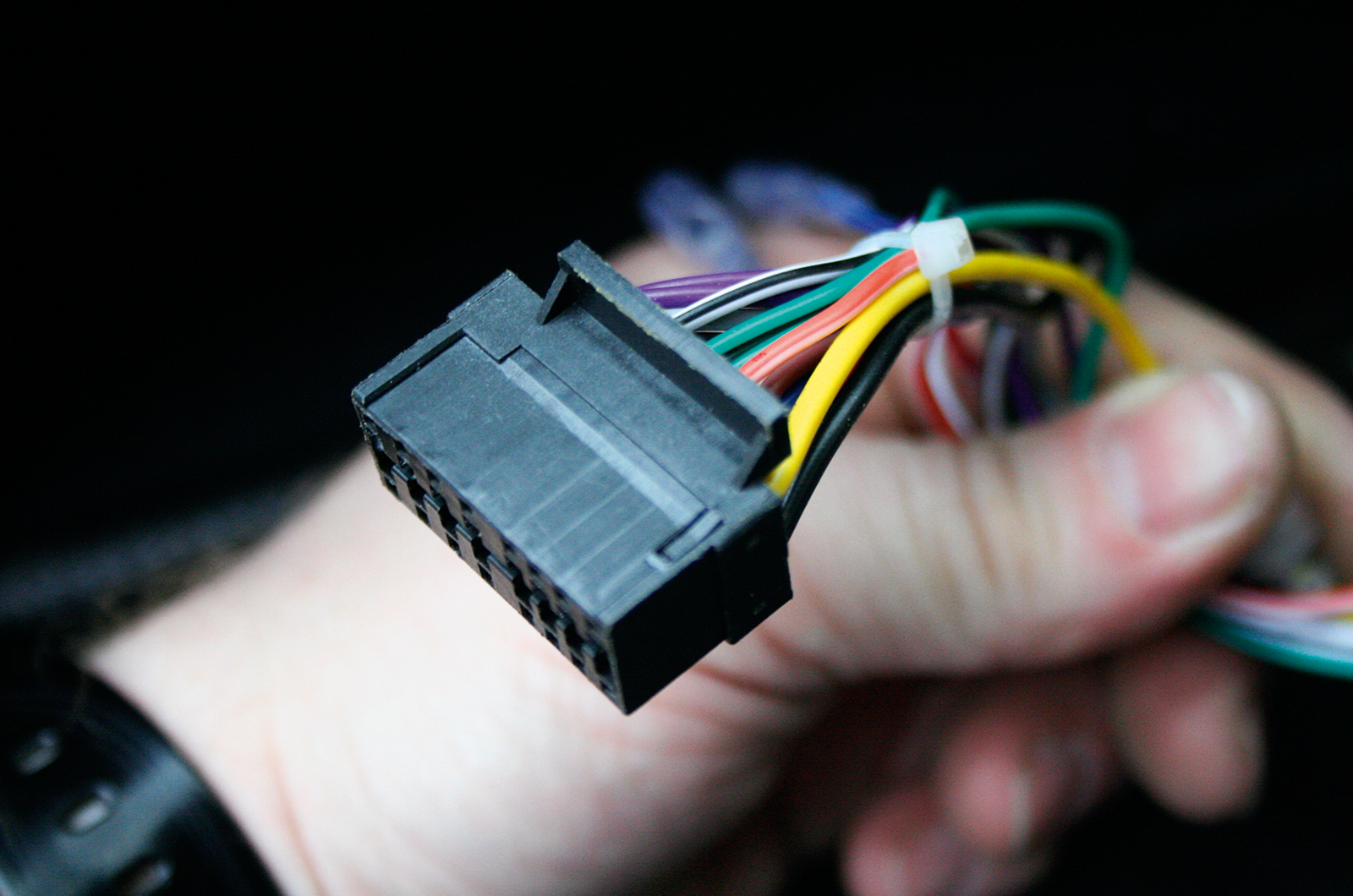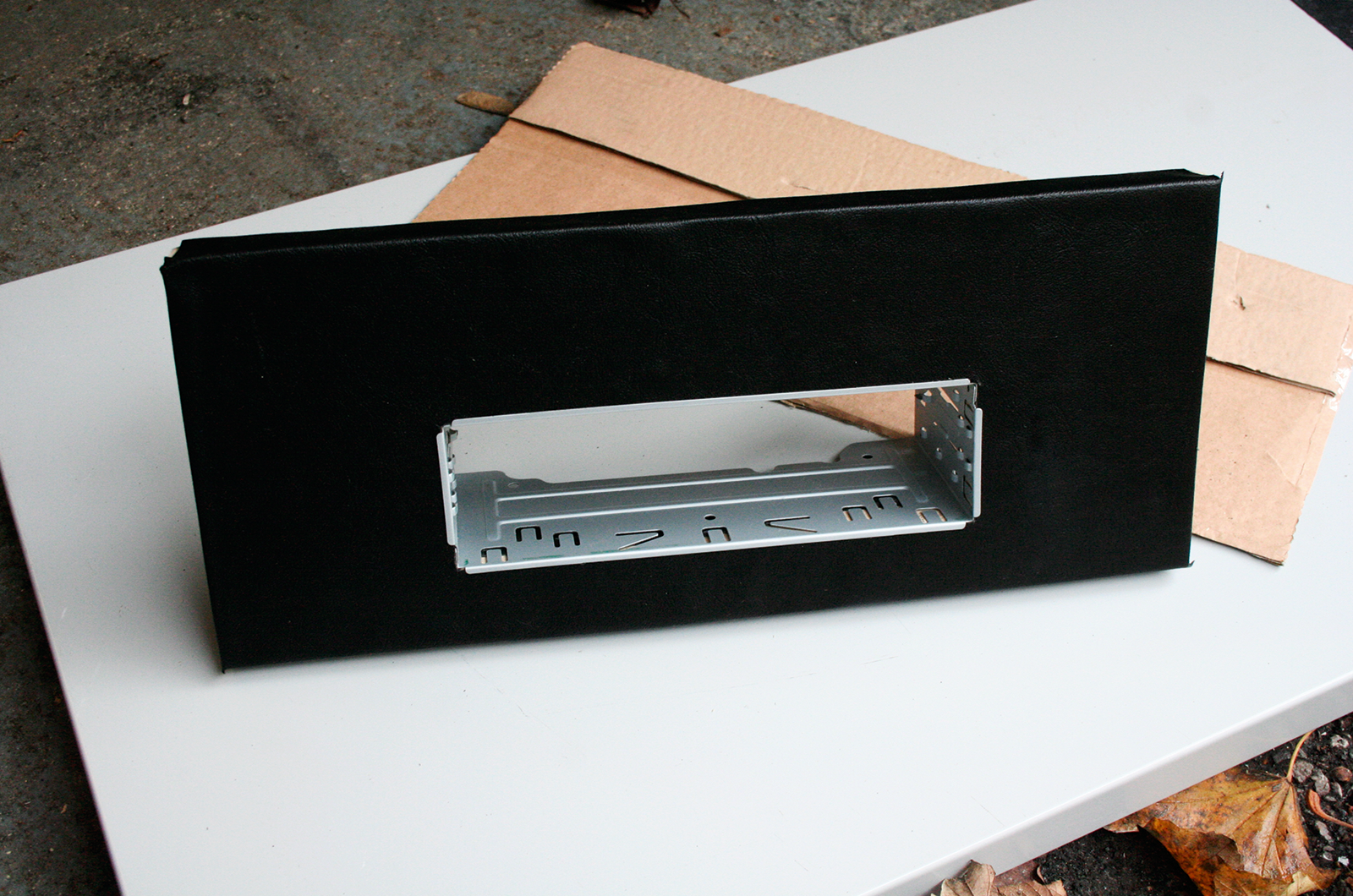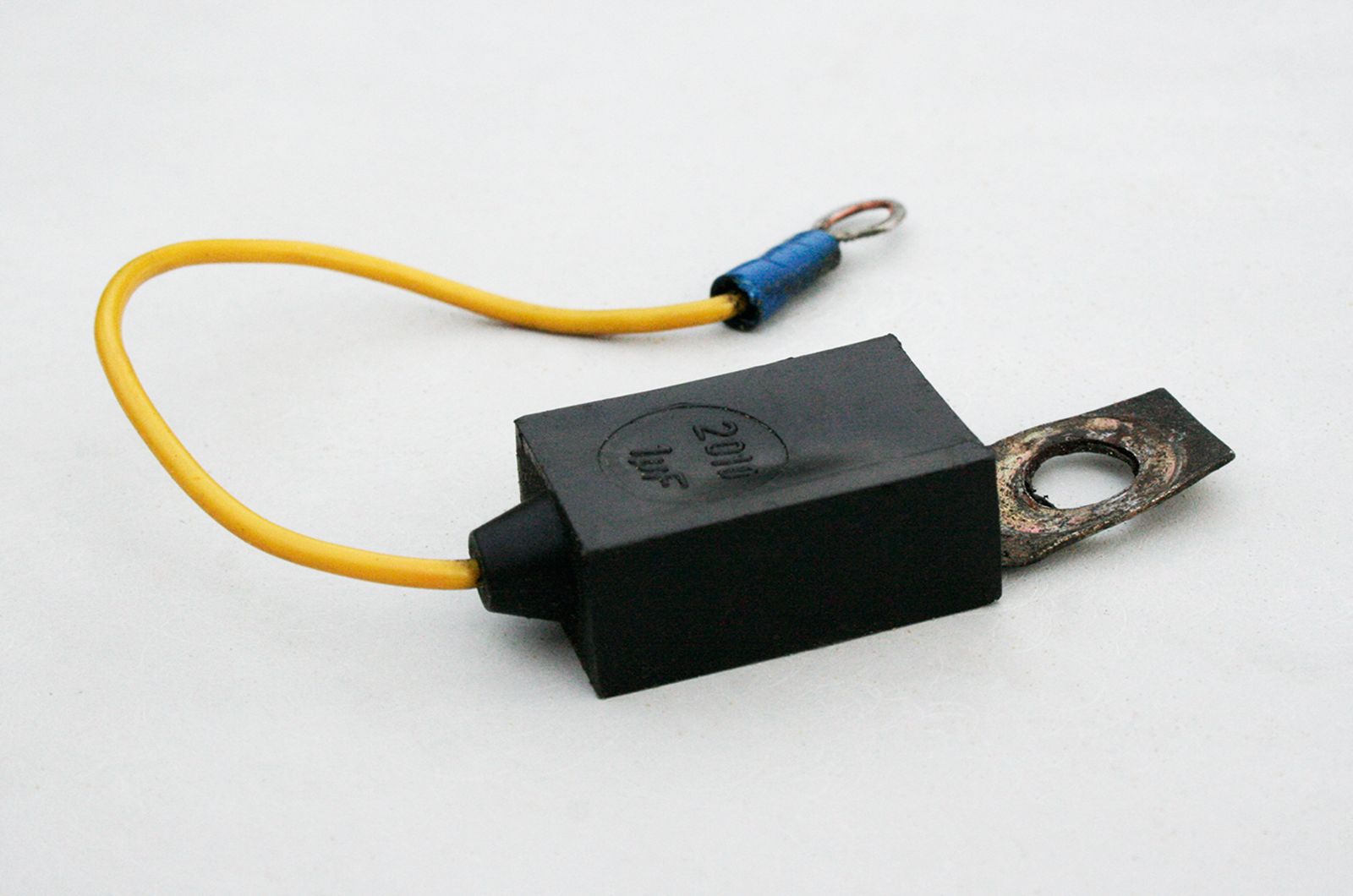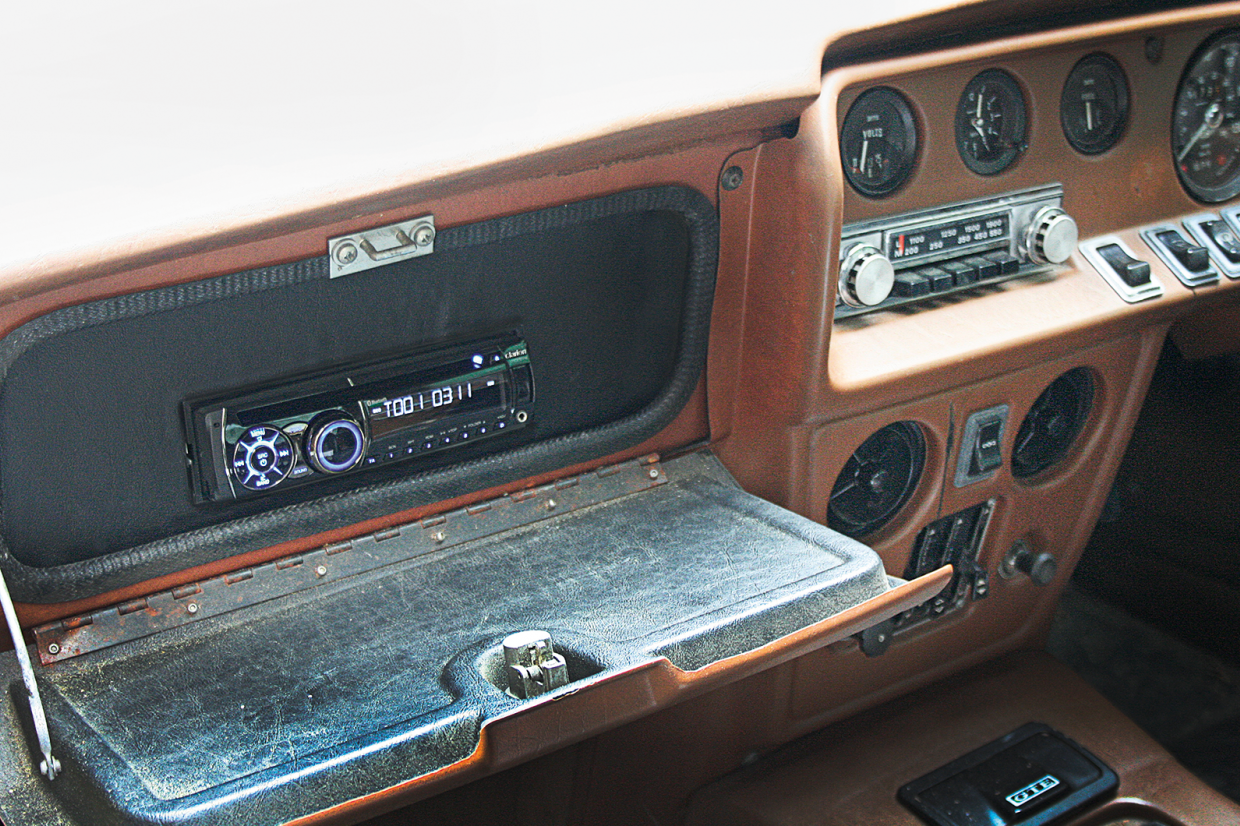
There will probably come a time when most enthusiasts wish they had something other than their classic car’s engine noise as accompaniment on longer journeys. A period radio looks the part, but it can’t really compete with modern equipment in terms of performance.
We’re not suggesting you pop a modern head-unit in the middle of your dash. The art of concealment is our preferred method, so we will be fitting a state-of-the-art system into a vacant glovebox.
Modern stereos run much hotter than classic units, so make sure that you get as much ventilation to it as possible. This may mean cutting out the back of a glovebox, for example, or removing the lining.
They are also intended to run a four-speaker system. If you want to use just two, you can pair up the front and rear connections, but you will need to allow for the increased output.
For the best sound, you are attempting to create an enclosed box behind the speaker, so fitting them in trim cavities can work well. If space is limited, you can always make your own boxes out of MDF and trim to suit the car’s interior.
Thanks to Clarion for supplying the head-unit and speakers for this installation
1: FIND A POWER SOURCE
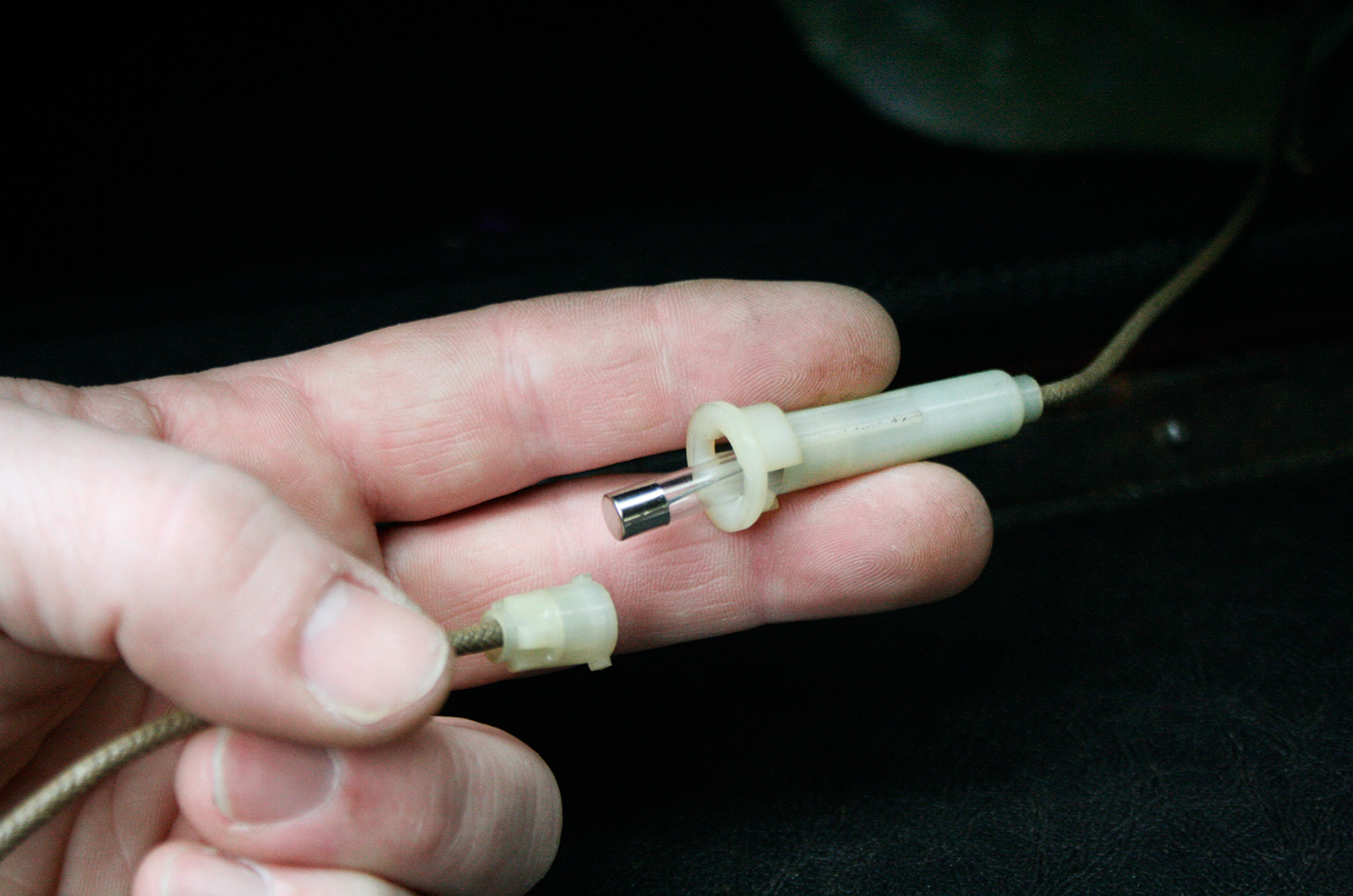
Take a feed from a power source that is ignition-switched and run a wire of suitable amperage to your intended location.


